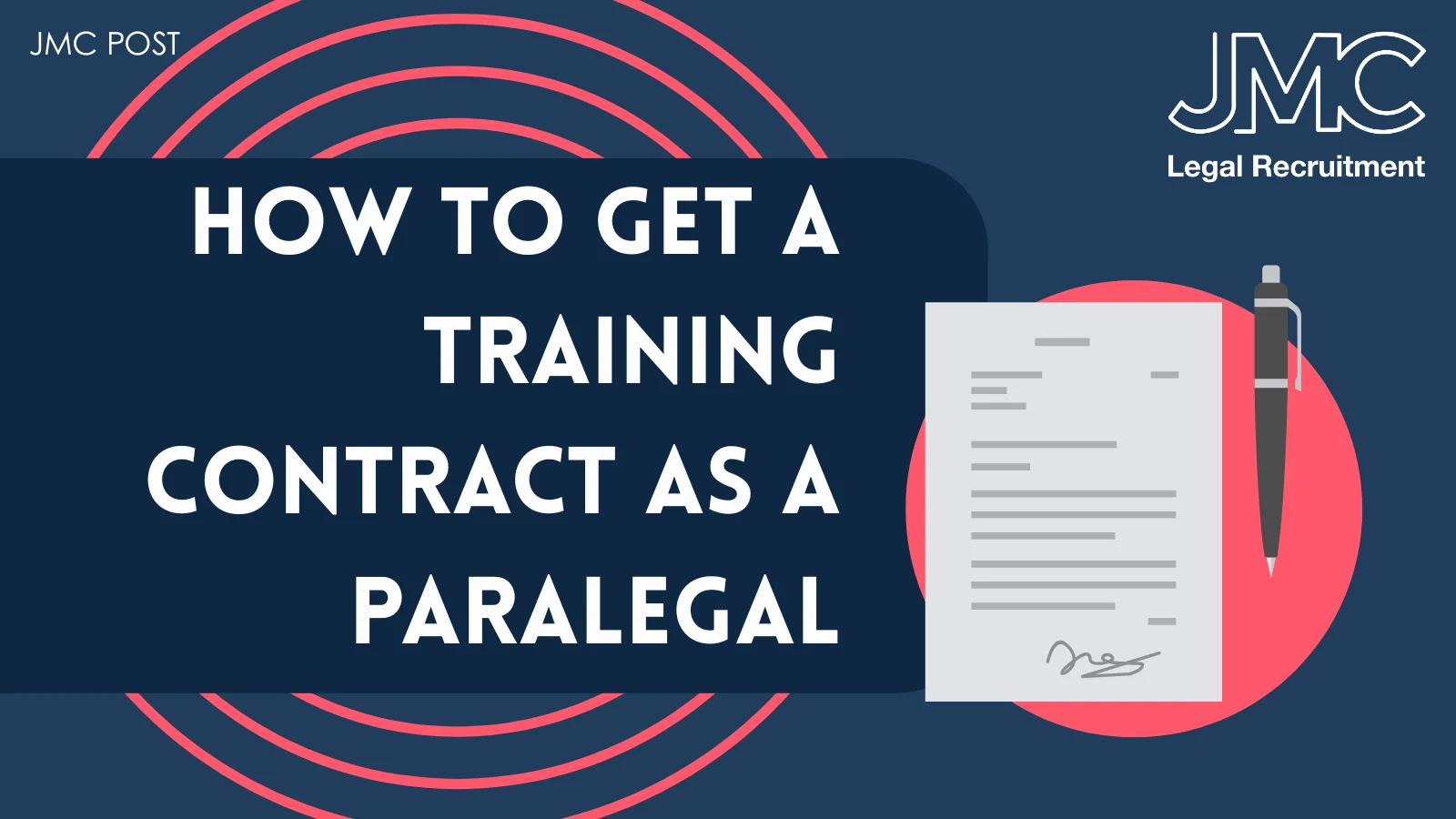
How to Read In House Legal Job Specs
28 Oct, 20255 minutes
How to Read In House Legal Job Specs (and Spot the Right Role for You)
Every line tells you something about the business. You just need to know what to look for.
If you’ve ever scrolled through in-house legal jobs and felt like every listing sounds the same, you’re not alone. Whether you’re exploring new in-house legal opportunities or weighing up a move from private practice, learning how to read the small print makes a big difference.
Words such as “commercial mindset”, “stakeholder management” and “autonomy” appear in almost every spec, but they are not just empty buzzwords. They hint at how the company views its legal function and what it expects from lawyers who join. A strong legal counsel job description reveals what the business values in its lawyers and how the legal team fits within that picture. Knowing how to read those signals helps you focus on roles that match your strengths and ambitions.
So let’s look at what those in-house legal job specs are actually telling you.
What Those Buzzwords Really Mean
After reading a few specs for in-house legal vacancies, you start to notice the same words cropping up. They might look like filler at first, but they can tell you a lot about how a company works and what it really expects from its lawyers.
● “Commercial mindset” – The company wants someone who sees the bigger picture. You are not just flagging risks, you are weighing them against opportunity and helping the business move forward. It usually means sitting close to the commercial teams and having a real say in decisions.
● “Stakeholder management” – This is about people. Expect to work across departments with competing priorities. The company that highlights this probably wants a lawyer who can turn legal language into plain English and win support from non-lawyers.
● “Autonomy” – This one can go either way. Sometimes it means trust and independence; other times it means you are the only lawyer around. Look for clues like “supportive team” or “collaborative culture” to see which way it leans.
And a few more worth keeping an eye on:
● “First point of contact” – You will be the go-to for anything even vaguely legal. Great for visibility, but it can also mean juggling everything from contracts to compliance questions daily.
● “Fast-paced environment” – Often code for shifting priorities and a lot to juggle. Good if you like variety and quick decisions, less so if you prefer structure.
● “Hands-on role” – Suggests plenty of scope to get involved but often fewer layers of support. You will be drafting, negotiating and advising directly.
The Law Society’s own Template In-House Solicitor Job Description lists many of these same traits, just dressed up in more formal language: “strategic input”, “collaboration”, “independence”. Job specs simply repackage them into something more everyday. Together, they show how a company really sees its lawyers – whether as trusted advisers, business partners or a legal department of one.
Reading Between the Lines
The words in an in-house legal job spec tell part of the story, but the way it’s written says just as much. The structure, tone and level of detail all reveal how the company operates, and how much thought has gone into the role.
Structure shows clarity
A well-organised job spec usually points to a well-organised business. Clear responsibilities, realistic expectations and a sense of who you’ll be reporting to are good signs. If everything feels vague or there are twenty bullet points that all start with “responsible for”, it can be a red flag that the company’s still figuring out what the role is. The Law Society’s structured template is a good benchmark. The best specs tend to follow that kind of order. (And if you’re the one writing it, take note – clarity here saves you time too.)
Tone hints at culture
Job specs have a personality. Words like “collaborative”, “supportive” and “trusted adviser” suggest an inclusive environment where legal plays a real part in decisions. But if you see “resilient”, “thrive under pressure” or “fast-paced” without mention of teamwork, it may point to a stretched department or a reactive culture.
Priorities reveal realistic or unrealistic expectations
A spec that wants ten years’ PQE, three languages and the patience of a saint, but offers a mid-level salary isn’t ambitious – it’s unrealistic. The same goes for endless ‘must-haves’. The stronger ones strike a balance between aspiration and reality, showing a company that knows its needs and respects candidates’ time.
When you step back and read a job spec this way, you start to see the bigger picture. Read it right and you can spot the difference between a business that genuinely values legal counsel, and one that just needs someone to keep the lights on.
Putting it into Practice
So, why bother doing all this?
Because understanding the language, tone and structure of an in-house legal job spec helps you be more selective. It means spending less time firing off applications that never feel like a fit, and more time on the ones that actually do.
Use it to guide how you write your applications.
If a spec leans on “commercial mindset”, show how you’ve helped a business make a strategic call or find a workable solution. If it highlights “stakeholder management”, include examples of when you’ve influenced non-lawyers or balanced competing priorities. Mirror the tone and priorities, not to mimic the company, but to show you understand what matters to them.
Then use it to shape your interview questions.
The clues you spot can guide what you ask in interviews. If “autonomy” appears often, ask what support structure sits behind it. If the tone feels rushed or broad, ask how the business sets priorities. The answers can confirm what you’ve read or tell a very different story.
Do your own cross-check.
Lawyers love evidence and a job spec only tells part of the story. So, look at the company’s website, LinkedIn posts or recent press to see if the tone matches what’s in the advert. Are they hiring to grow the team, or because people keep leaving? Small details like that can help you decide if the spec matches reality.
Job specs aren’t just descriptions. They’re stories businesses tell about themselves. Learn to read them well and you’ll spend less time chasing the wrong roles and more time finding the right one.
What We’ve Learned from Reading Hundreds of In-House Legal Job Specs
If you’ve read this far, you already know there’s more to a job spec than bullet points and buzzwords. At JMC Legal, we read hundreds of them every week, so we know which ones are worth your time and which ones aren’t. Whether you’re reading one or writing one, understanding what the language really says makes recruitment far more efficient.
Ready to find your next in-house legal role?
Browse our latest in-house legal jobs or get in touch with one of our consultants to talk through your next move.
Interested in reading more about in-house recruitment and career moves? Try these next:
A guide for start-ups looking to make their first in-house legal hire




